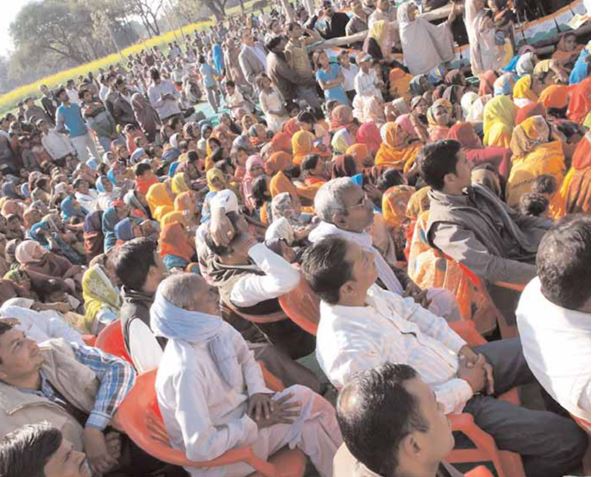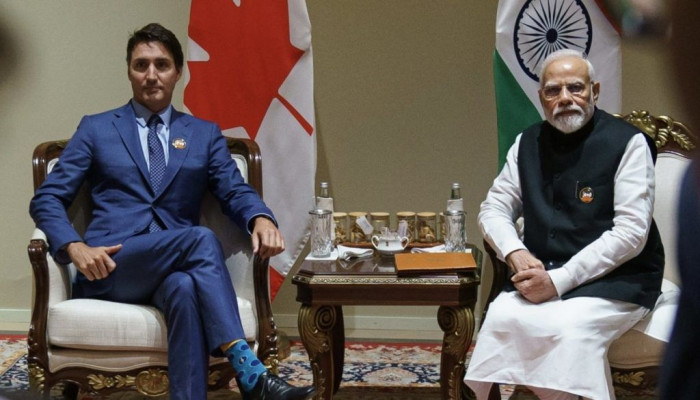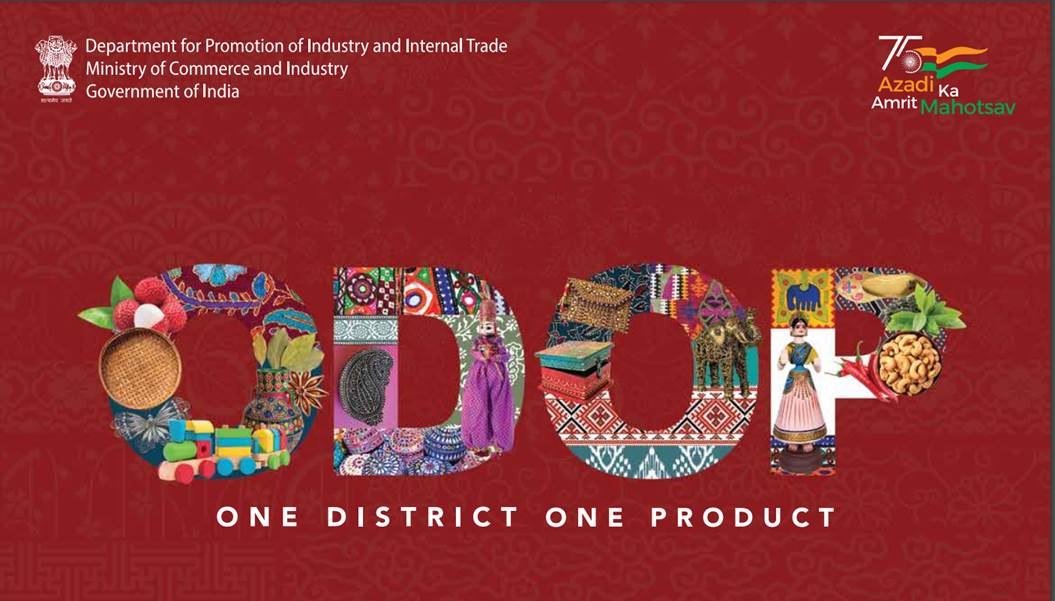Uttar Pradesh is now home to a people with dangerously wide gaps in skills, income and caste
If Uttar Pradesh was to be declared a separate country today, it would be the sixth-largest nation. With a total population at par with Brazil, population density comparable to that of the UK and per-capita income similar to Kenya's, it indicates the paradox of its citizen occupying the same space as his Latin and UK counterparts, yet living in conditions similar to those in Africa.
Setting this hypothesis aside, let us visit a few demographic facts. Uttar Pradesh has nearly 80% rural population, and its 76% population comprises scheduled castes (SC) and backward classes. A quick analysis shows that by 2016, more than 95% of the 8.5 crore population in the 25-60 age group would be looking for earning opportunities with neither sufficient education nor skills.
"(80% Rural population & 76% SC/OBC population has given birth to state-level parties namely BSP and SP led by Ms Mayawati and Mulayam Singh Yadav respectively, tactically national parties namely Congress and BJP are lacking in appeal in rural and SC/OBC constituencies) Even in the best-case scenario, we cannot expect more than 5-7 lakh graduates along with another 10 lakh secondary-educated in that age group. The remaining would have attended only primary or middle school, or no education at all. The picture becomes more alarming when we see that the quality of education at lower levels is poor and completely disconnected from increasing employability.
Statisticians might argue that the unemployment rate in UP at 2-3% is quite low, and it may be true; but when we view this through the lens of nature of employment, a different picture emerges. About 96% of the economic activity in Uttar Pradesh is in the informal sector with low productivity and low income. This mostly includes daily wagers working as agriculture labourers, construction workers, drivers, cleaners, carpenters, cooks, waiters, Kirana owners and so on. With very low monthly per-capita expenditure (MPCE) about. 828 rural and 1,365 urban - we see a grave danger of incomes not matching expenditure. The low education levels and work skills along with poor socioeconomic bargaining power further dampen productivity, thereby affecting income levels and making people more vulnerable. This vulnerability would be significantly high in the age group of 25-34 years, which would see the highest rise in population to a whopping 3.5 crore in 2016, almost a 25% rise over the present population of 2.8 crore. The aggregate position may be alarming, but a region and religion-wise dissection is starker. As in 2011, nearly 8 crore of the 20 crore people in UP are spread over 27 districts of east UP who live in despair with a MPCE of. 838 compared to. 1,124 of west UP that comprises Noida, Ghaziabad and richer districts of upper Gangetic Plain. With more than a third of the state population at the lowest MPCE, 90% rural and a burgeoning youth population, east UP is one of the most vulnerable regions in India. No wonder we have hotbeds of crime like Azamgarh, Gorakhpur and others.
(The East-West divide of UP in terms of development is huge, it has impacted the social demography of the population at large hence the voting patterns are different)
Now, let us look at west UP that has nearly 32% Muslim population in 10 high-growth districts compared to an average of 17% in all of UP, yet the benefits of growth seem to elude them. The MPCE of Muslims in west UP is 49% lower than that of Hindus whereas in east UP, the difference is only 16%. Another alarming figure is that west UP has the highest urban population of 35%, indicating a strong case where the two religious groups are strongly concentrated near each other with wide disparities in income, creating a situation that could be easily exploited by religious forces.
(Muslims votes are key in 128 constituencies specially in 10 districts of West UP and six districts of East UP. Congress-RLD combine tie-up in West UP is build on attracting Muslim votes And SP is focused on Muslims votes on the East UP But emergence of Peace Party may challenge SP position in 2012 elections)
Though the state has witnessed sensitive situations between religious groups in the past, the last two decades have seen sharper divisions along caste and class lines. The state's 51% OBCs are divided in over 230 groups and its 25% SCs are now more sensitive around caste and class than religion. The OBCs in west UP have become stronger and are 23% more prosperous than their counterparts in east UP.
(51% OBC population has thrown leaders like Mulayam Singh Yadav (SP), Ajit Singh (RLD), Beni Prasad Verma (Now with Congress), Kalyan Singh (Former BJP poster boy), Vinay Katiyar/ Uma Bharti (BJP) And political parties like Apna Dal, Mahan Dal ETC)
Similarly, SCs in east UP have become the poorest in the country with an MPCE of. 699 while their counterparts in west UP are located much above the state average at. 948. Such disparities have been consistently exploited by political parties, leading to inequity at the time of distribution of wealth, justice and services. Uttar Pradesh, which represents nearly a fifth of India, is reckoned as the biggest contributor to the demographic and economic paradigm in the country. With rapidly-changing demographic trends, the state would soon have a very large uneducated, unskilled and low-income workforce that is vulnerable to crime, anti-social activity and an easy target for radical groups.
(Consolidation of Poor SC population under the banner of BSP has made Ms Mayawati strong in UP politics)
A lot of debate today revolves around India's demographic dividend, drawing comparisons with China. However, India fail to analyse that China in the 1980s made some radical reforms in education and employment apart from industrial and investment policies which led to its phenomenal growth over the last two decades.
Learning from what China did 30 years ago, the government and policy-makers in our country and states have to put together an integrated approach to manage this looming danger. Industrial, investment, education and employment policies have to be aligned, parallel systems of skill enhancement have to be set up and labour markets have to be organised. India cannot politicise the issue asthe danger cuts across party, religious and caste lines. Over the next decade, the large pool of uneducated and unskilled youth mostly engaged in the informal sector with low productivity may become a 'liability' instead of 'dividend', unless acted upon now.
(The national planning authorities must act, irrespective of which party that rules UP, state government has limited budget and vision hence the national government must take responsibility of bridging the gap between "have & have not's" in UP to avoid national disaster)








 OpinionExpress.In
OpinionExpress.In















Comments (0)